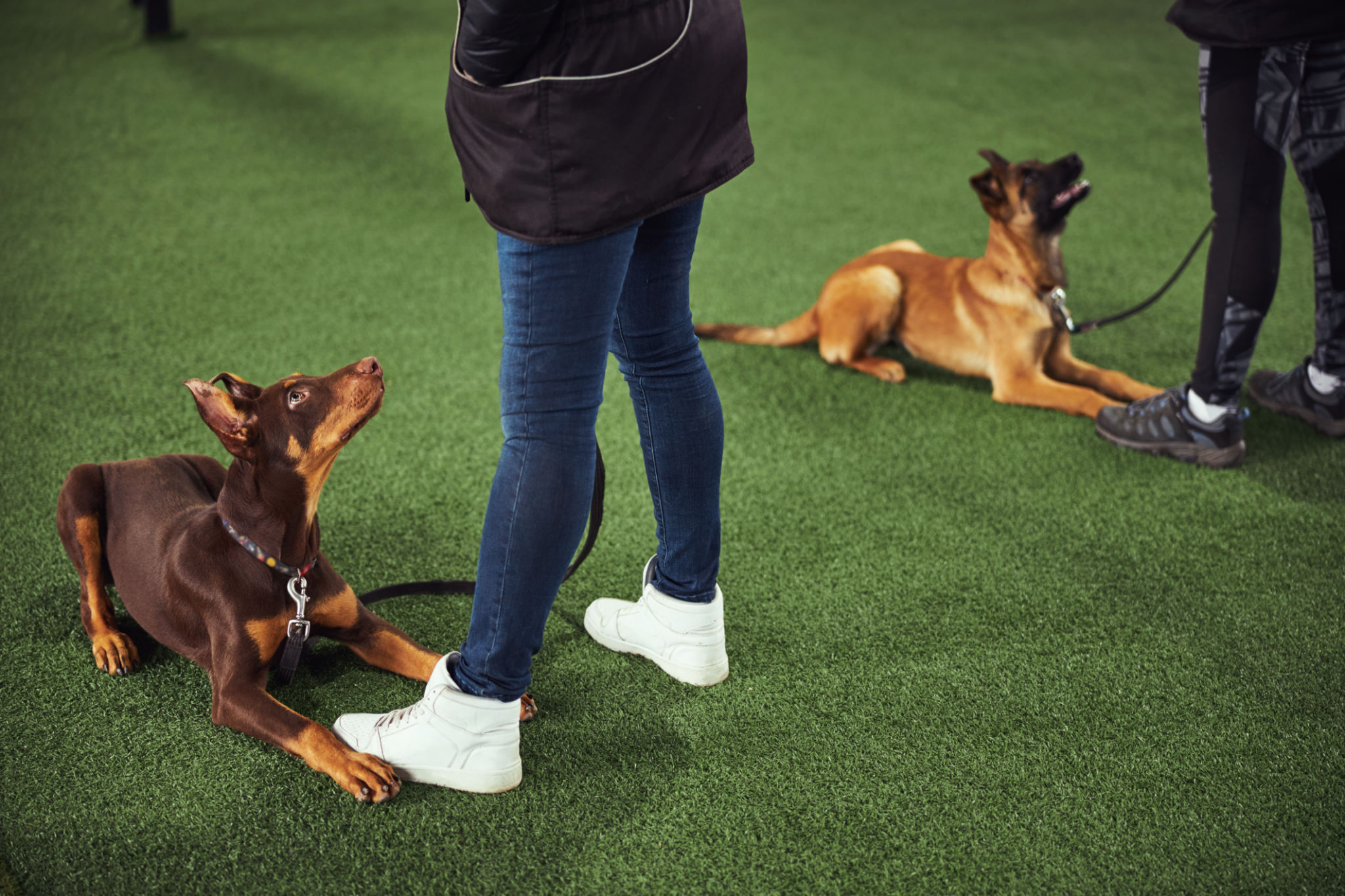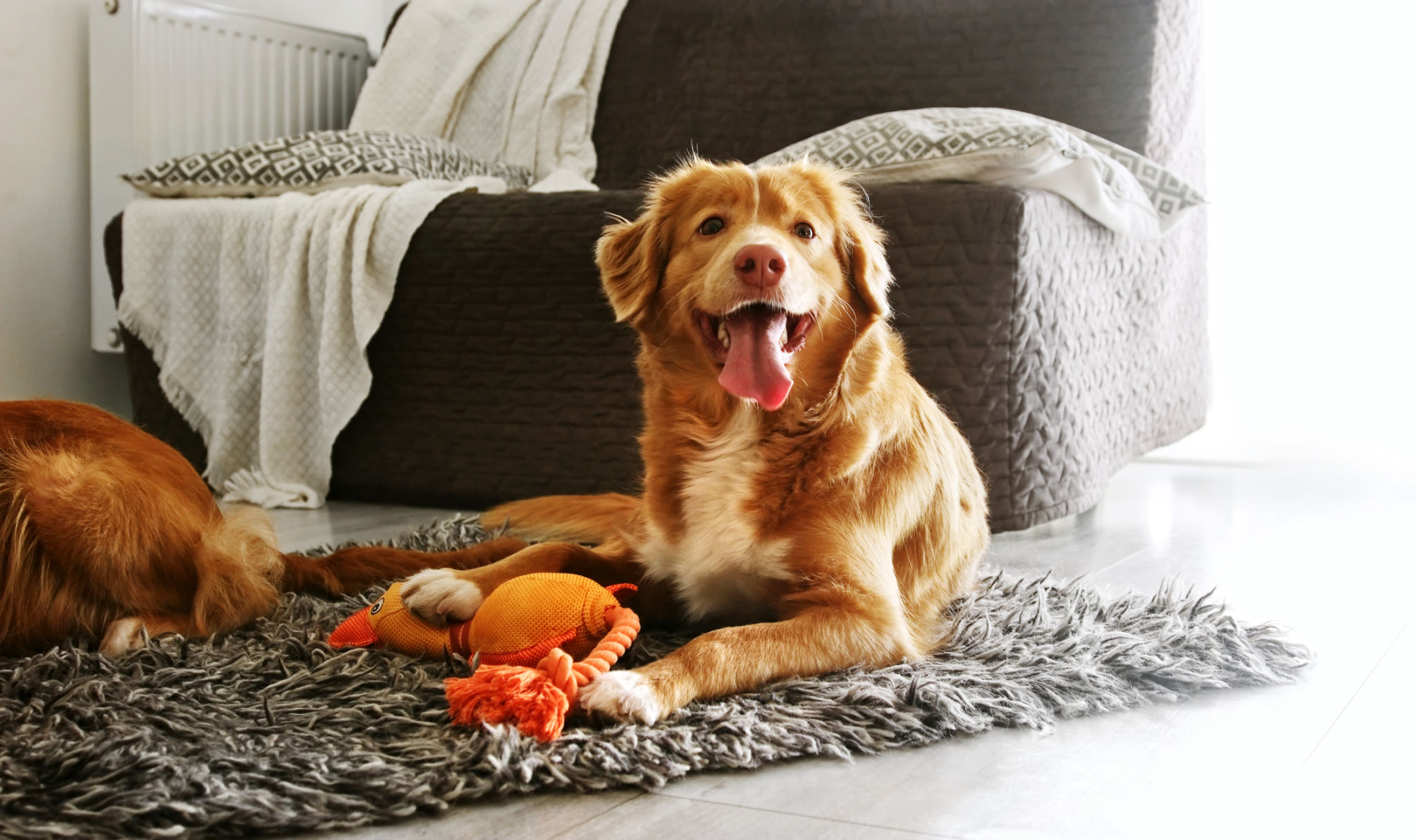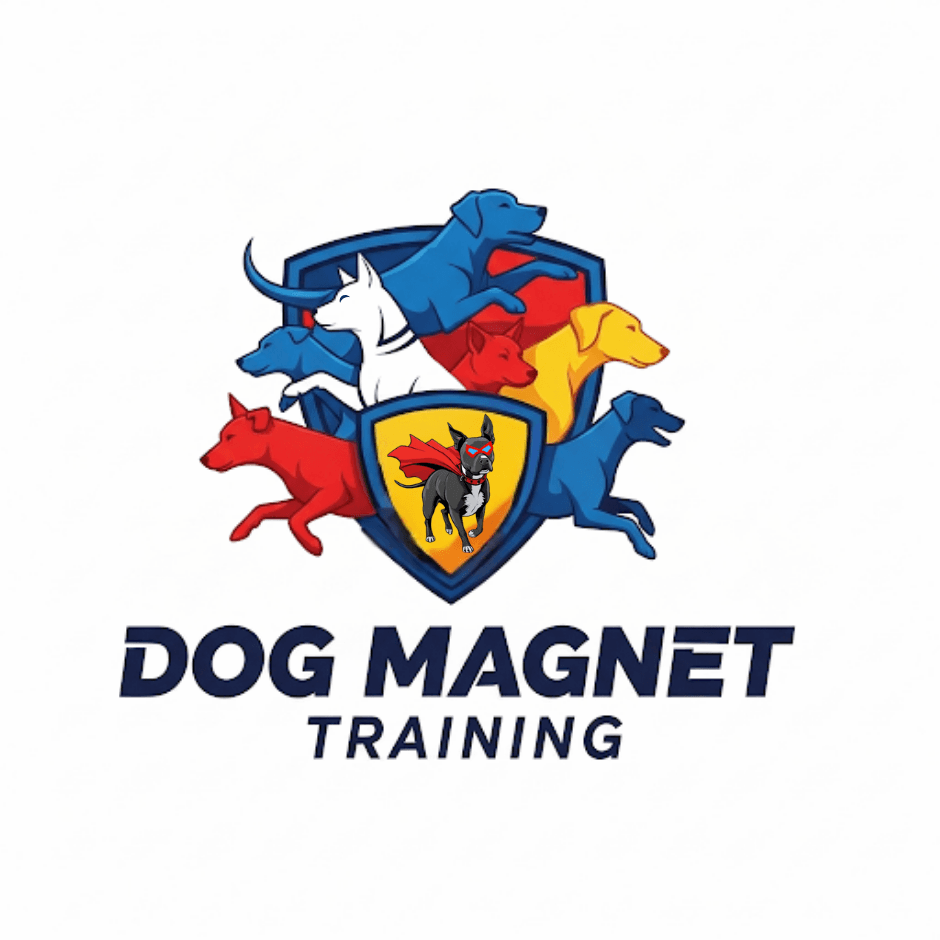DIY Dog Training: Simple Tips for Salt Lake City Residents
Understanding Your Dog's Needs
Training your dog can be a rewarding experience, fostering a strong bond between you and your furry friend. For Salt Lake City residents, understanding your dog's specific needs is crucial for effective training. Whether you're dealing with a high-energy breed or a more relaxed companion, recognizing their natural instincts and behaviors is the first step.
Consider the breed's characteristics and tailor your training plan accordingly. For instance, working breeds often require more physical activity and mental stimulation. On the other hand, smaller or more relaxed breeds may benefit from shorter training sessions with plenty of rest in between.

Basic Commands to Start With
Starting with basic commands can lay the foundation for more advanced training. Focus on commands like sitting, staying, and coming. These are essential for safety and establishing control in various situations. Consistency is key, so use the same words and gestures each time you practice.
An effective way to begin is by using treats as positive reinforcement. When your dog successfully follows a command, reward them with a treat and plenty of praise. This encourages repetition and helps the dog associate the action with positive outcomes.
Utilizing Local Resources
Salt Lake City offers numerous resources for dog owners looking to enhance their training efforts. Local parks provide a spacious environment to practice commands in an open setting. Additionally, dog-friendly trails around the city can be excellent for socializing your pet with other dogs and people.

If you're looking for more structured guidance, consider attending a dog training class hosted by one of the many pet stores or community centers in the area. These classes can provide valuable insights and techniques from experienced trainers.
Patience and Consistency
Patience is perhaps the most critical aspect of DIY dog training. Remember that learning new behaviors takes time, and your dog may not understand commands overnight. Consistency in training sessions helps reinforce learning and builds a routine that your dog can rely on.
Set aside regular times each day for training sessions to maintain progress. Shorter, more frequent sessions are often more effective than longer, sporadic ones. This keeps your dog engaged without overwhelming them.
Dealing With Challenges
Encountering challenges during training is normal. Some dogs may be more stubborn or easily distracted than others. If you're facing difficulties, try breaking down tasks into smaller steps and rewarding progress along the way.

It's important to stay calm and avoid frustration. If a particular method isn't working, be open to adjusting your approach or consulting resources online for alternative strategies.
Celebrating Successes
As you see improvements in your dog's behavior, take time to celebrate these successes. Positive reinforcement not only motivates your dog but also strengthens the bond between you. Sharing these moments with friends or family can also enhance the experience.
Don't forget to document your progress. Keeping a training journal or taking videos can help track improvements and highlight areas needing more focus.
Making Training Fun
Finally, make sure that training sessions are enjoyable for both you and your dog. Incorporate games and playtime into your routine to keep things exciting. This ensures that your dog looks forward to training sessions as a fun activity rather than a chore.

By making training an engaging experience, you're more likely to achieve long-term success and build a happy, well-behaved companion.
